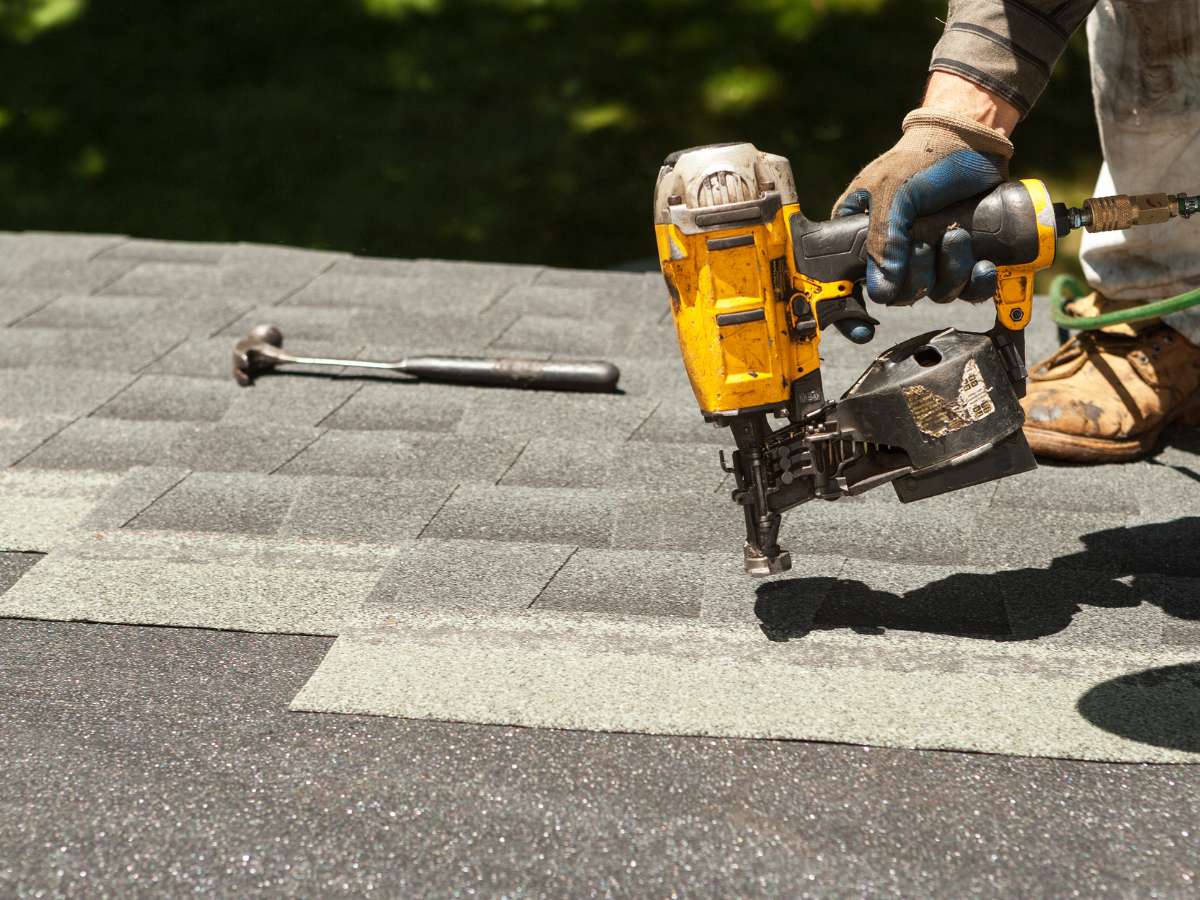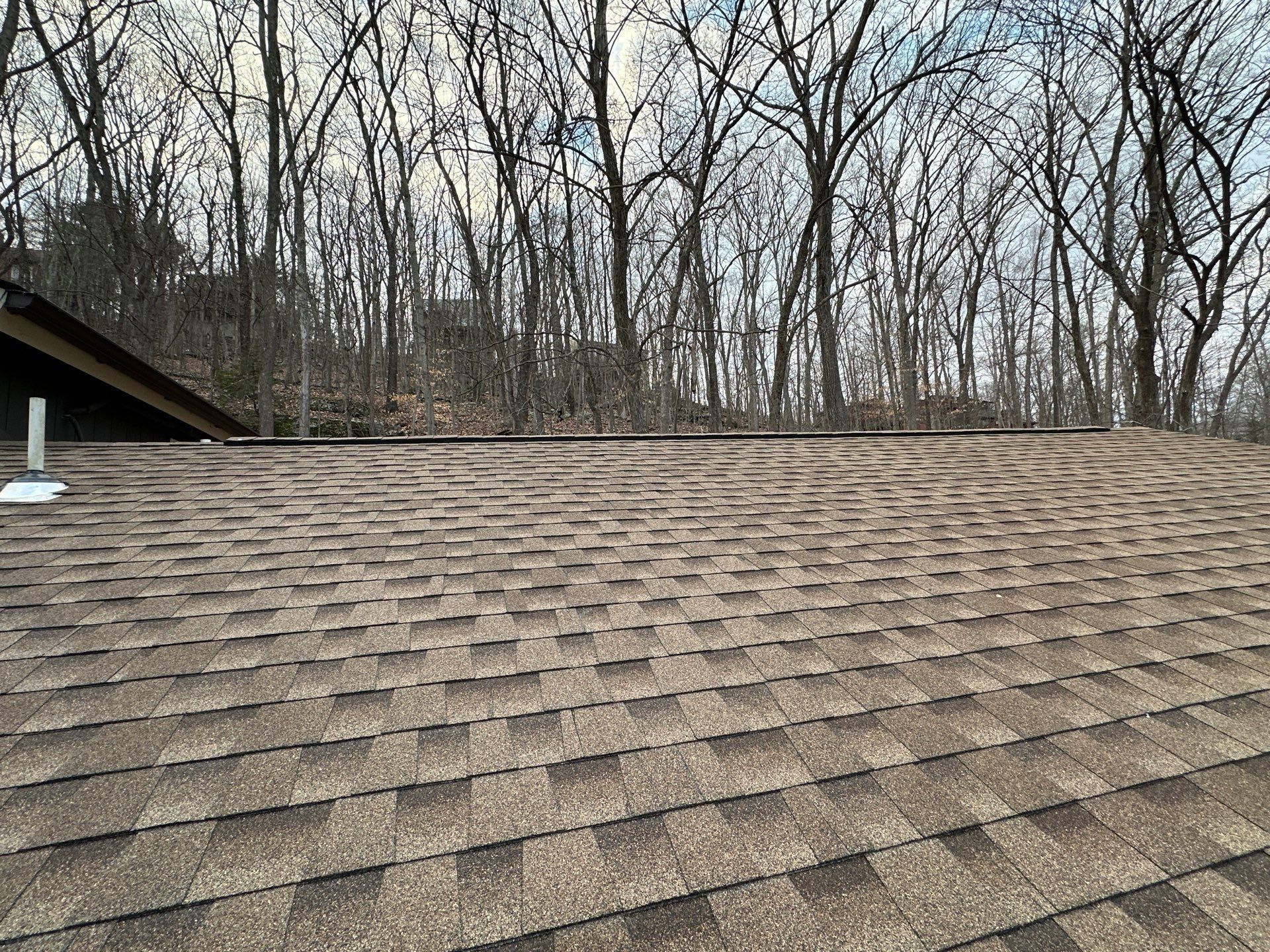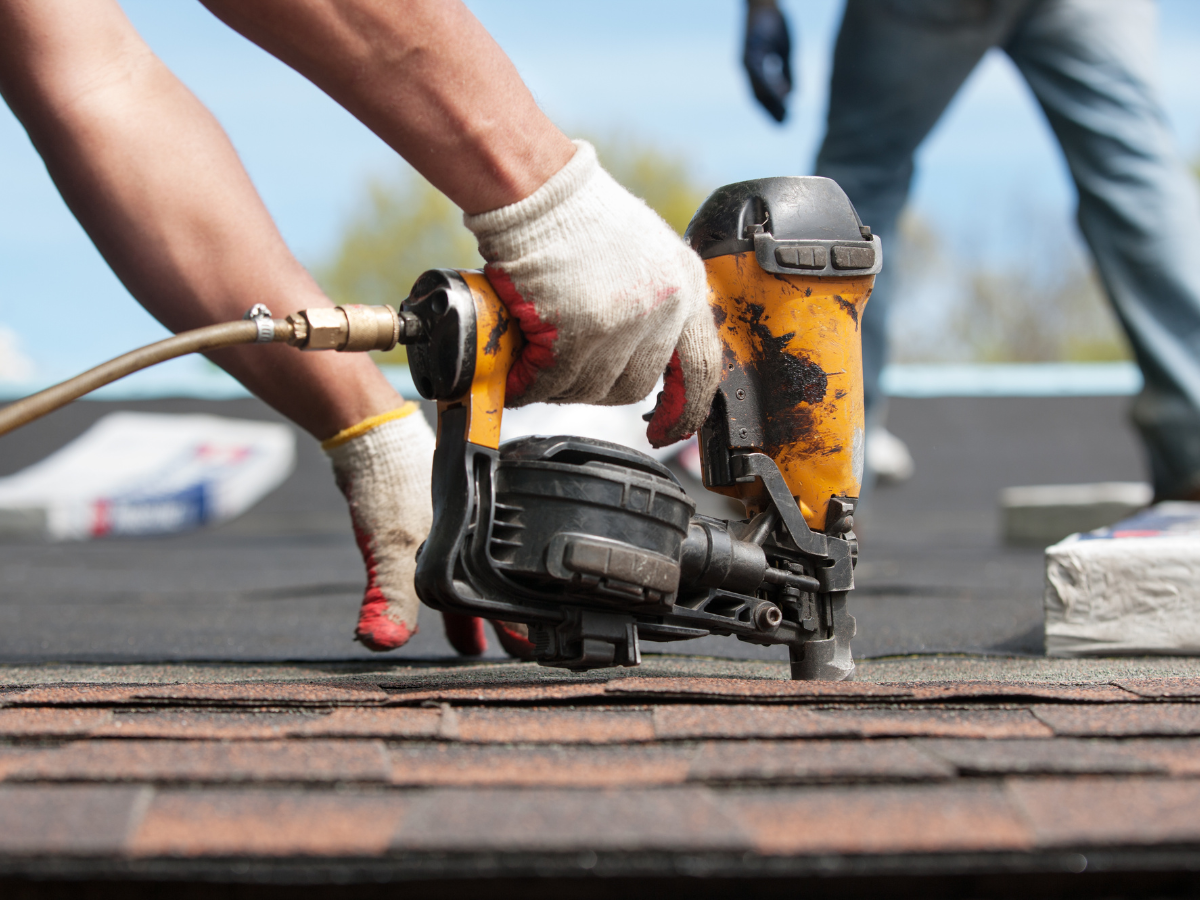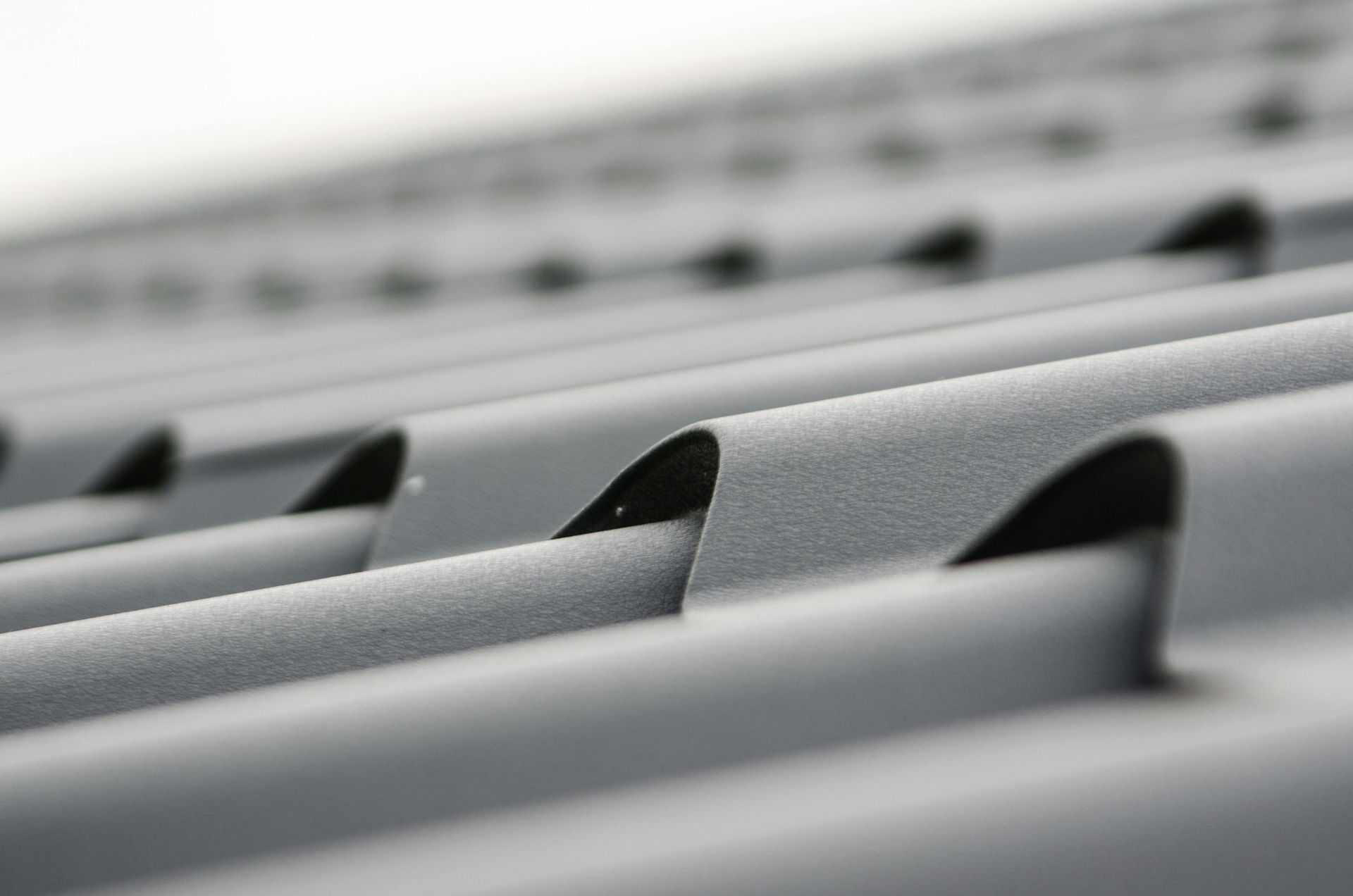How Do I Know Which Roofing Material Is Right for My Home?
Choosing the right roofing material for your home is one of the most important decisions you’ll make as a homeowner. Your roof is a critical part of your home’s structure, protecting you from the elements and contributing to your home’s energy efficiency and curb appeal. With so many options available, it can be overwhelming to decide which roofing material is best suited for your needs. In this blog, we’ll explore the different types of roofing materials and guide you through the process of choosing the right one for your home.

1. Consider the Climate and Weather Conditions
The climate in your area plays a significant role in determining which roofing material is the best choice. Different materials perform better in different weather conditions. Here’s a look at some popular roofing materials and how they hold up in different climates:
- Asphalt Shingles: Asphalt shingles are a popular choice due to their affordability and versatility. They perform well in most climates, but they are less durable in extremely hot or windy conditions.
- Metal Roofing: Metal roofs are durable and highly resistant to extreme weather conditions. They perform well in areas with heavy rain, snow, and high winds. Additionally, they reflect heat, making them a great option for homes in hot climates.
- Tile Roofing: Clay and concrete tiles are perfect for areas with hot and dry climates. These materials are highly durable and provide excellent insulation. However, they can be heavy, so it’s important to check if your home’s structure can support them.
- Wood Shingles and Shakes: Wood shingles are best suited for moderate climates. They are not recommended for areas with excessive moisture, as they can rot over time. Wood roofing materials also require regular maintenance to preserve their appearance and functionality.
Consider your area’s weather conditions and choose a material that offers durability and protection against the elements.
2. Evaluate the Cost and Budget
Roofing material costs can vary significantly, and it’s essential to find a material that fits your budget while also meeting your needs. Here’s a breakdown of common roofing materials and their costs:
- Asphalt Shingles: Asphalt shingles are the most cost-effective roofing material, making them an excellent choice for homeowners on a budget. They typically last around 15 to 30 years, depending on the quality of the shingles and the installation.
- Metal Roofing: While more expensive than asphalt, metal roofing is a long-term investment. Metal roofs can last 50 years or more and offer excellent energy efficiency, which can lead to savings on cooling costs.
- Tile Roofing: Tile roofs are durable and can last for several decades. However, the initial cost is higher than asphalt or metal roofing. If you’re on a tight budget, tile roofing may not be the best option, but it’s a good investment for long-term durability.
- Wood Shingles and Shakes: Wood shingles offer a natural and rustic look, but they are often more expensive than asphalt shingles. Keep in mind that wood roofing requires regular maintenance and treatment to prevent decay and extend its lifespan.
It’s important to consider not only the initial cost of the roofing material but also the long-term maintenance and replacement costs.
3. Assess the Longevity and Durability of the Roofing Material
The longevity of your roof is crucial to its value. Some materials offer better durability and longer lifespans than others. Here’s a comparison of the typical lifespan of different roofing materials:
- Asphalt Shingles: Asphalt shingles generally last around 15 to 30 years, depending on the quality of the shingles and maintenance. They are more prone to wear and tear than other materials but are easy to replace if needed.
- Metal Roofing: Metal roofs can last 50 years or more, making them an excellent long-term investment. They are resistant to wind, hail, and fire, offering superior durability.
- Tile Roofing: Tile roofing is incredibly durable, often lasting 50 years or more with proper maintenance. Tile is resistant to harsh weather conditions, and it won’t rot, warp, or get damaged by pests.
- Wood Shingles and Shakes: Wood shingles typically last around 20 to 30 years with proper maintenance. They may require more frequent maintenance than other materials, as they are more susceptible to rot and insect damage.
When choosing your roofing material, it’s important to consider how long the material will last, the environmental factors it will be exposed to, and how much maintenance it will require.
4. Think About the Aesthetic Appeal
Your roof plays a significant role in the overall appearance of your home. Different roofing materials offer various looks, so it’s important to choose one that complements your home’s style and architecture.
- Asphalt Shingles: Asphalt shingles are available in a variety of colors and styles, making them a versatile choice for most homes. They can mimic the appearance of other roofing materials, such as wood or slate.
- Metal Roofing: Metal roofs can have a sleek, modern look and come in many different colors and styles. They are especially popular in contemporary and industrial-style homes.
- Tile Roofing: Tile roofs provide a distinctive Mediterranean or Southwestern aesthetic. They are perfect for homes that want a rustic, classic, or luxury feel.
- Wood Shingles and Shakes: Wood shingles and shakes add a natural, rustic charm to a home. They are often used on traditional or cottage-style homes.
Choose a roofing material that enhances the architectural style of your home while also meeting your durability and budget requirements.
5. Check for Environmental Impact
If sustainability is important to you, consider how environmentally friendly the roofing material is. Some roofing materials are more eco-friendly than others:
- Metal Roofing: Metal roofing is one of the most sustainable options. It is made from recycled materials and can be recycled again at the end of its life. It also reflects heat, which can help reduce energy consumption.
- Tile Roofing: Tile roofs are made from natural materials like clay or concrete and can be recycled. They also offer excellent thermal efficiency, helping to keep your home cooler in hot climates.
- Wood Shingles: While wood is a natural material, wood shingles can be less sustainable if they are not sourced responsibly. Make sure to choose sustainably sourced wood for your roofing material.
By choosing an eco-friendly roofing material, you can reduce your environmental impact and potentially save on energy costs.
Conclusion
Choosing the right roofing material for your home depends on a variety of factors, including your budget, the climate in your area, the desired aesthetic, and the durability of the material. Whether you’re looking for a cost-effective, long-lasting option like asphalt shingles or a sustainable, energy-efficient choice like metal roofing, it’s important to weigh your options carefully.
At Amazed Roofing, we specialize in helping homeowners choose the best roofing material for their needs. Contact us today to schedule a consultation and learn more about the best roofing solutions for your home.








